Will Energy Cells Be Replaced By New Fuel Cells In The Automobile Industry?
Concerning the trends in development, electric vehicles are expected to dominate the market over the next 20 to 30 years. Current battery solutions for new energy vehicles include fuel cells and lithium‐ion batteries. In comparison to conventional combustion vehicles, electric vehicles are more environmentally friendly, cost‐effective and simpler to maintain. It is inevitable that combustion vehicles will disappear, and new energy vehicles will be adopted in future applications. Wolfram may have a notable impact on this energy transition.
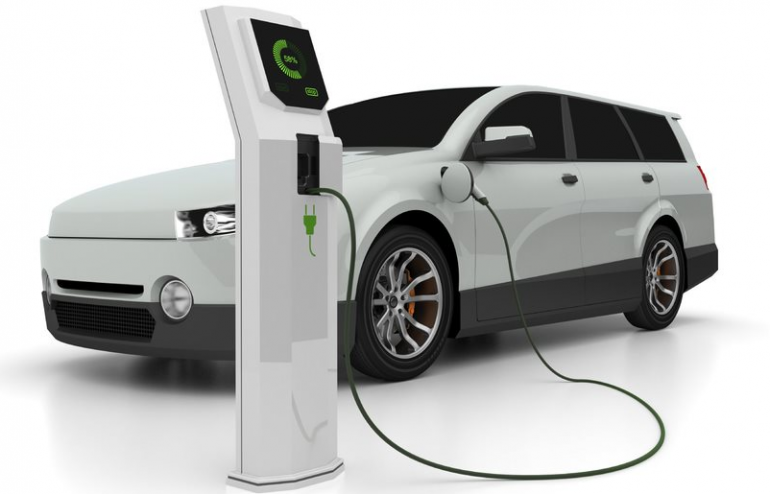
It is widely known that most power supply systems in electric vehicles are based on lithium‐ion batteries. They offer a long service life, low self-discharge, high power output and a good energy density. Consequently, lithium‐ion batteries have become a primary component in current electric vehicles. However, their development is reaching technical limits. Lithium‐ion batteries are unsafe, expensive and subject to explosion risks. They may not remain the predominant solution in future new energy vehicle markets. For this reason, Tesla and BYD, a significant American firm and a rising entity in China, are developing alternative battery systems.
Fuel cells have been the primary choice in European and American developments for new energy vehicles. Many experts did not expect lithium‐ion batteries to achieve mainstream adoption. The future development of energy batteries might revert to fuel cells given the evident limitations of lithium‐ion batteries. Presently, vehicle fuel cells use a more mature technology than hydrogen or methanol fuel cell systems. In the entire industrial chain, hydrogen energy and other fuel cell technologies drive the industry at a higher standard than the lithium‐ion battery sector.
The cost issue with early fuel cells is clear because platinum group metals are required as catalysts. Platinum is expensive and produces toxic by‐products during catalytic processes, which contradicts the objectives of clean energy. Therefore, the catalyst remains the main barrier to the commercialisation of fuel cells, thereby providing lithium batteries an opportunity to benefit.
Scientists have searched for catalysts that can replace platinum. They discovered that tungsten carbide exhibits catalytic properties similar to those of platinum. Tungsten carbide delivers effective electrocatalytic performance and produces no toxic by‐products. Its only drawback compared to platinum is its insufficient electrical conductivity. However, highly conductive materials are available in modern industry; graphene is one such material. Scientists both domestically and abroad agree that the catalytic performance of a nanometre tungsten carbide and graphene composite material is comparable to or may exceed that of platinum group catalysts. Consequently, fuel cells based on tungsten are expected to reduce fuel cell costs and affect vehicle sale prices. This indicates that the future of new energy vehicles, which are intended to replace conventional fuel vehicles, will not remain hypothetical.

 Bars
Bars
 Beads & Spheres
Beads & Spheres
 Bolts & Nuts
Bolts & Nuts
 Crucibles
Crucibles
 Discs
Discs
 Fibers & Fabrics
Fibers & Fabrics
 Films
Films
 Flake
Flake
 Foams
Foams
 Foil
Foil
 Granules
Granules
 Honeycombs
Honeycombs
 Ink
Ink
 Laminate
Laminate
 Lumps
Lumps
 Meshes
Meshes
 Metallised Film
Metallised Film
 Plate
Plate
 Powders
Powders
 Rod
Rod
 Sheets
Sheets
 Single Crystals
Single Crystals
 Sputtering Target
Sputtering Target
 Tubes
Tubes
 Washer
Washer
 Wires
Wires
 Converters & Calculators
Converters & Calculators
 Write for Us
Write for Us
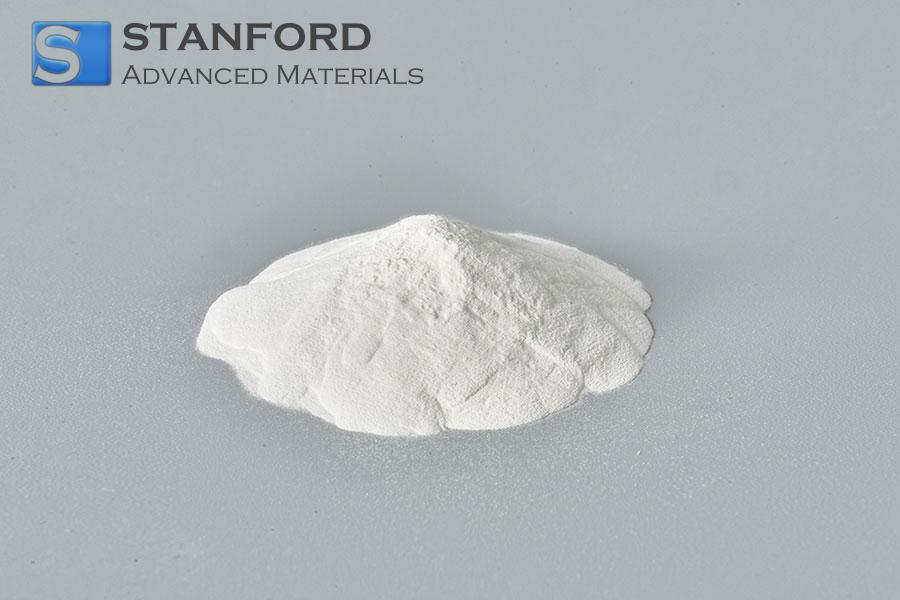
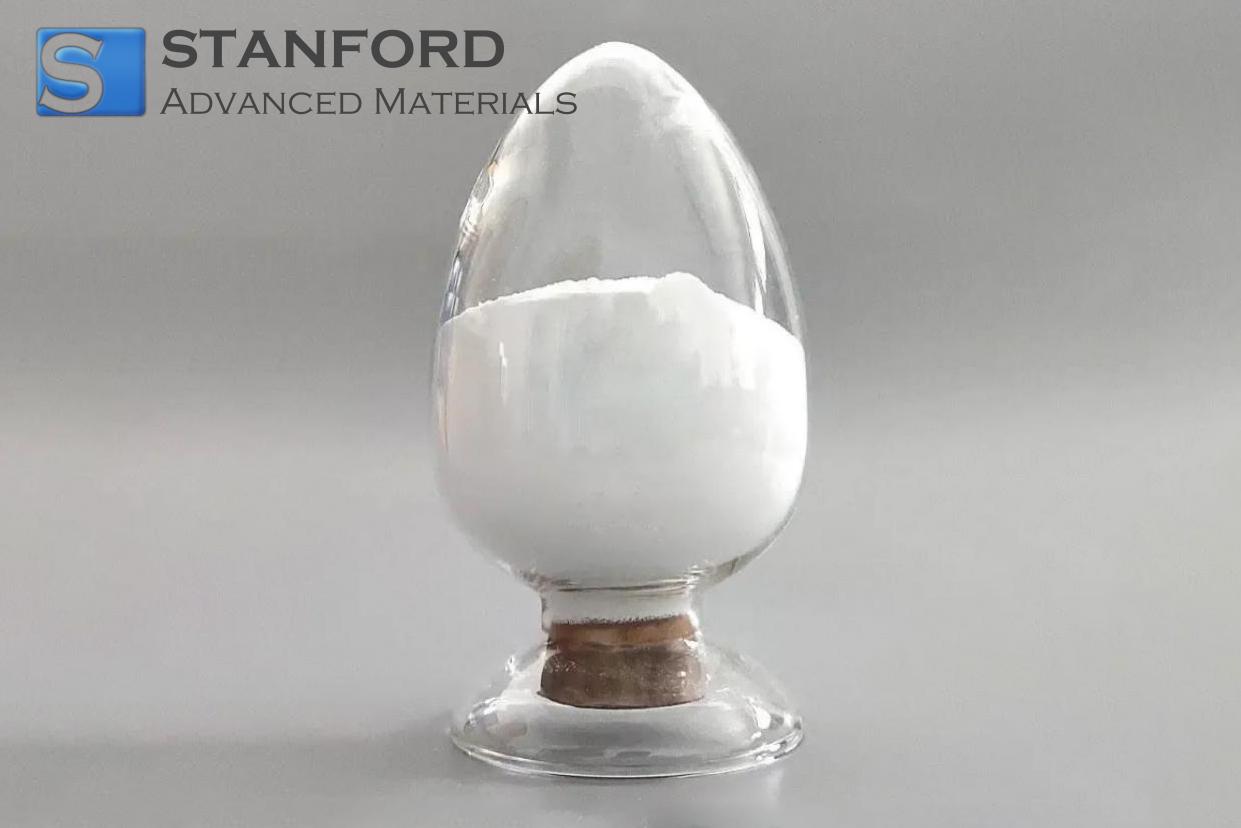
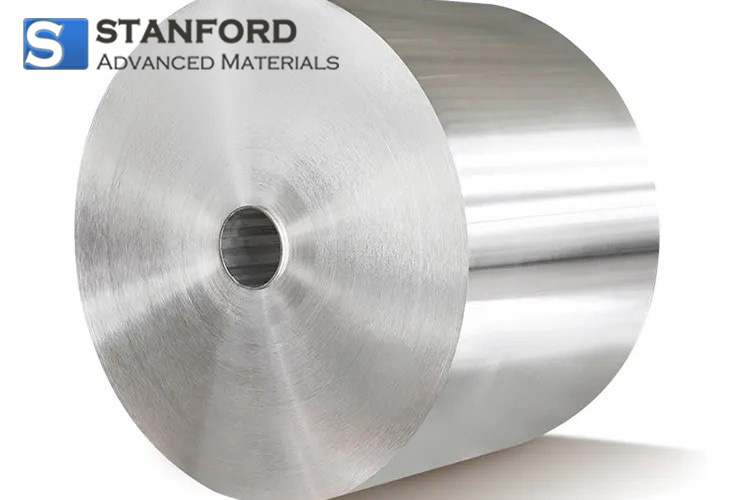
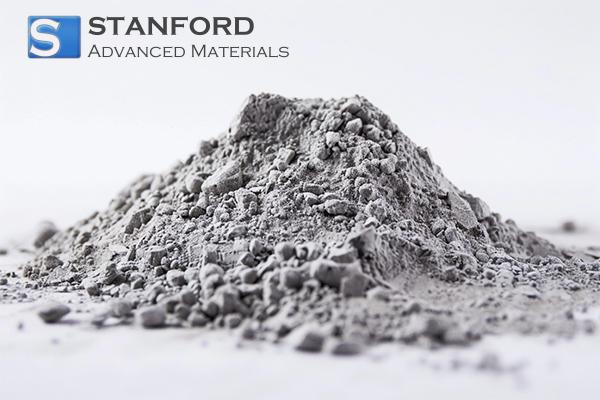
 Chin Trento
Chin Trento



